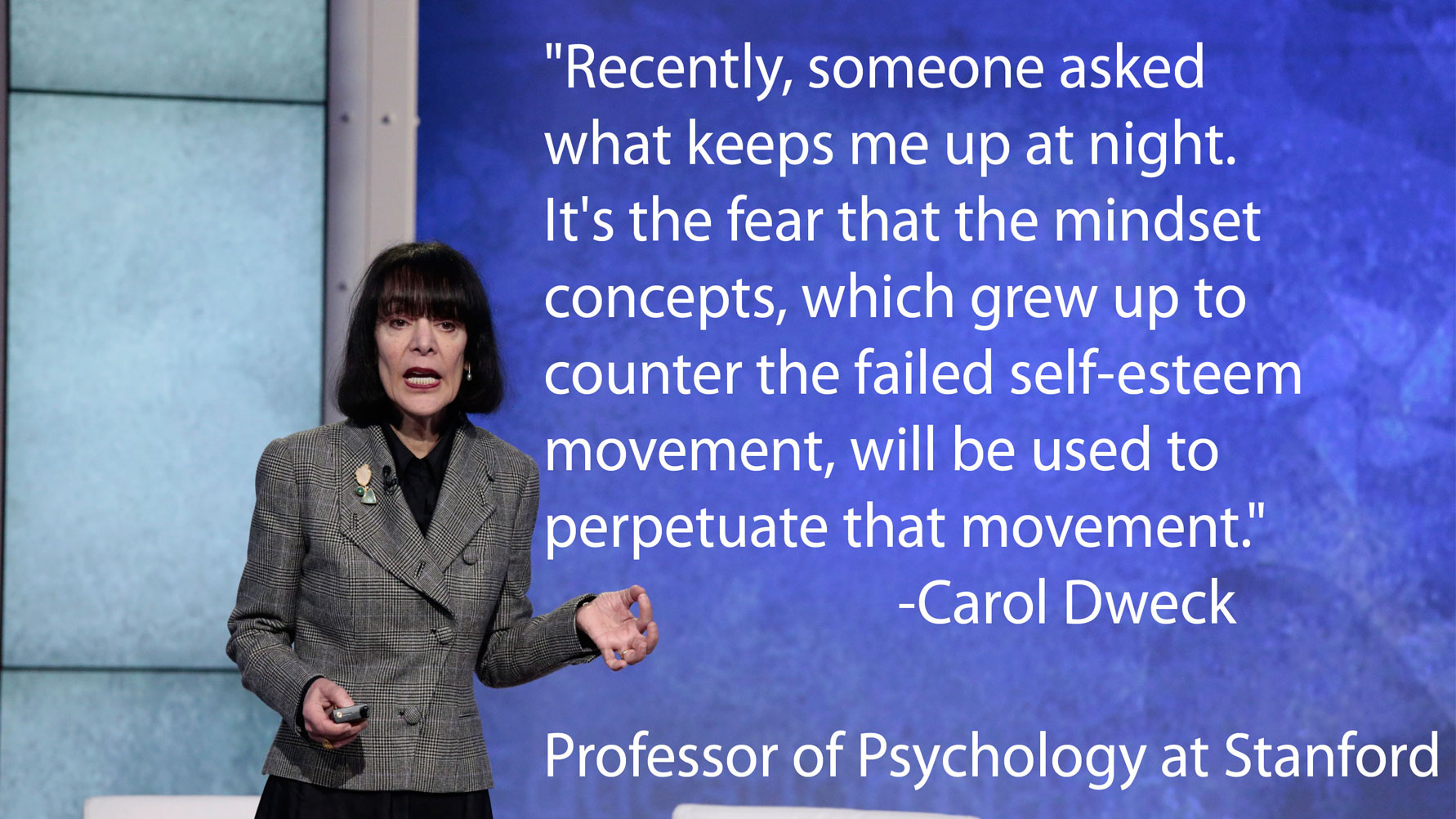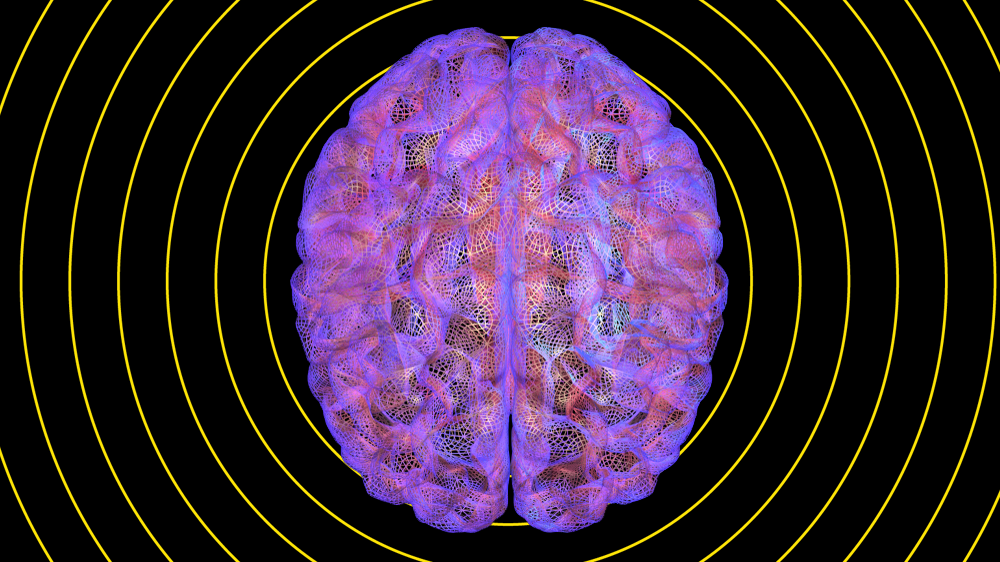Why are adults so bad at learning new languages? We may be trying too hard

- Despite the fact that adult brains are far more developed than children’s, adults have a much harder time learning new languages.
- Recent research suggests that children’s immature prefrontal cortex actually helps them acquire new languages with little efforts; the process is more deliberate, and inefficient, in adults.
- Still, adults can adopt some strategies that have been shown to boost the acquisition of new skills and knowledge.
The prefrontal cortex (PFC) is a powerhouse. Located right behind the forehead, this region connects to nearly every other area of the brain, stores your personality, and is the center of what psychologists call your higher-order cognitive processes and “executive functions” — things like reasoning, self-control, and attention. It’s essentially what allows us to act like rational grownups who can make plans, focus, and stop ourselves from eating an entire pizza even when we want to.
You’re probably aware that children don’t have particularly good executive functioning. They tend to be impulsive and struggle to focus when they don’t want to. Unsurprisingly, they perform worse than adults on nearly all cognitive tasks, in part because the prefrontal cortex develops gradually, not completing myelinization until early adulthood.
Why, then, do most adults struggle to learn new languages while children soak them up? Why do those impulsive, unfocussed, and incomplete little brains outcompete their adult counterparts?
New research provides an answer: Children are better than adults at learning new language precisely because their prefrontal cortex is undeveloped. It seems that our advanced logical brains get in the way of the more basic intuitive forms of learning involved in language acquisition.
Here’s how it works.
Declarative vs. non-declarative learning
To understand the apparent paradox of why an immature PFC can improve language learning, it’s important to know a bit about how language acquisition works. Learning depends in part on two distinct memory systems that incorporate different brain regions: declarative and non-declarative.
Declarative memory describes memorizing concrete information (e.g., facts and events — things that can be stated or declared). It involves voluntary brain processes, like intentionally paying attention, isolating important information, and actively trying to remember. This is where adults excel. Thanks to developed PFCs, they’re able to concentrate and acquire facts relatively quickly.
Non-declarative memory describes acquiring skills and non-conscious or implicit knowledge, reactions, and habits — things like playing piano, fearing spiders, or improving your golf swing. Sometimes called procedural learning, it generally occurs implicitly with experience rather than intention. Brain areas involved in non-declarative learning develop early, so children rival adults in this domain.
Importantly — and perhaps unfortunately — sometimes these two memory systems compete. Activation of the declarative memory system can suppress activation of the non-declarative memory system. That is, intentionally trying to learn specific information can get in the way of unconsciously learning probabilities, patterns, intuitions, and other experience-based understanding.
So, what does this have to do with learning a language?
It might seem that language learning is based in the declarative memory system. Your high school Spanish class probably consisted of memorizing word lists and studying grammar rules. And for that type of factual learning, a developed PFC can help students focus and learn targeted information. Indeed, adults outperform children at early stages of learning.
But growing evidence suggests that language learning depends largely on non-declarative memory. Despite how it’s historically been taught, much of language is built on patterns and probabilities rather than precise facts and rules. For example, English words never begin with the ng sound (though they often end with it), the frequently separates two words, and particular words often group together. When acquiring language naturally, children pick up on these tendencies without even noticing. They learn patterns and probabilities for which syllables tend to go together and when different words are used simply through exposure. Even when they make mistakes, children tend to follow the general patterns of the language.
Learning improves when the non-declarative system takes lead
But when adults actively try to learn a new language, we tend to rely on our prefrontal cortex. Our declarative memory system kicks in as we intentionally focus on memorizing vocabulary and applying grammar. This is not to say that learning vocabulary and rules is completely useless; focusing on specifics can be helpful, and it is where adults outperform children. However, growing evidence finds that learning can improve when the PFC “turns off” and allows the more primitive non-declarative memory system to take lead.
For example, work by psychologist Eleonore Smalle and colleagues found that “using up” cognitive resources, which depletes cognitive control, improves implicit language learning. In one recent line of studies, adults were exposed to a stream of syllables making up novel words and then tested on which new words they recalled. Compared to those in control groups, adults were better able to recall words:
- when they watched a silent movie at the same time they heard the words
- after magnetic pulses (inhibitory continuous theta-burst stimulation) were used to repeatedly stimulate, and thereby fatigue, the dorsolateral prefrontal cortex
- after completing a challenging working memory task that was cognitively tiring
Amazingly, these effects were even stronger when people lacked confidence in remembering the words. That is, when people were cognitively depleted, their learning was implicit rather than explicit; they learned the material without even realizing it.
How can I turn off my PFC?
You can’t turn back time to become a child again, but there are ways to encourage your PFC to relax so that you non-declarative memory system can take the lead. Some lab interventions are not particularly amenable to everyday life, like transcranial magnetic disruption, hypnosis, sleep deprivation, and consuming benzodiazepenes.
But scientists have also disrupted declarative memory resources and boosted skill learning in some ways that are easy to incorporate into your routine. For example, listening to music decreases PFC activity and has been shown to benefit language learning. Alcohol consumption is another way to reduce your cognitive resources. This might be reason to join a language class that meets over happy hour drinks or to enjoy a glass of wine over some late-night studying.
Another promising possibility is walking. Numerous studies find that short bouts of physical activity reduce prefrontal cortex activation. Although not yet directly studied in relation to language learning, walks have been shown to reduce cortical activity and improve creativity, mood, and general cognition.
To learn more, try less
This is not to say that you shouldn’t spend time working on your new language; you should. But instead of actively trying to focus and memorize, you’ll likely benefit from allowing yourself to experience the language. Watch TV shows, attend discussion groups, or listen to music in the language. And when you do have to remember a list of vocabulary or grammar rules, try taking a stroll first or listening to some instrumental music while you focus.





